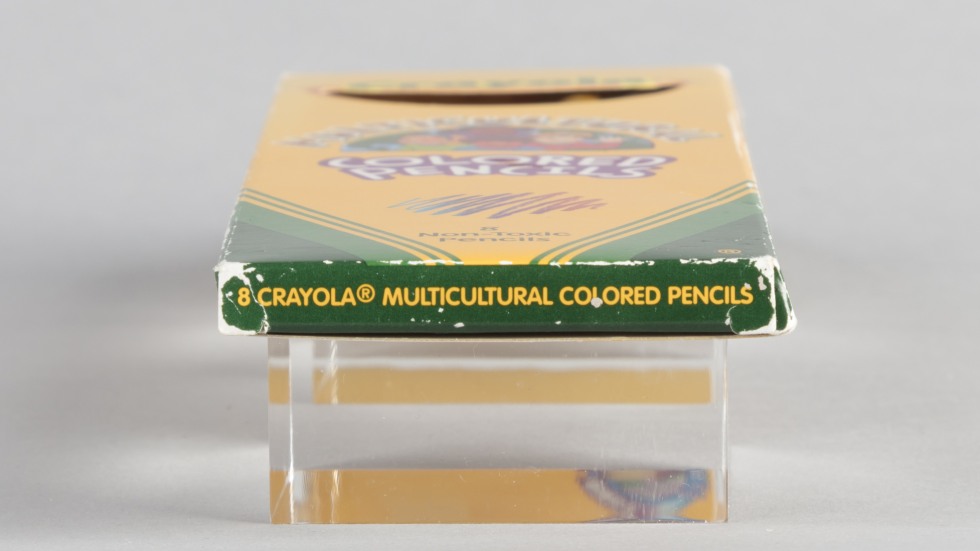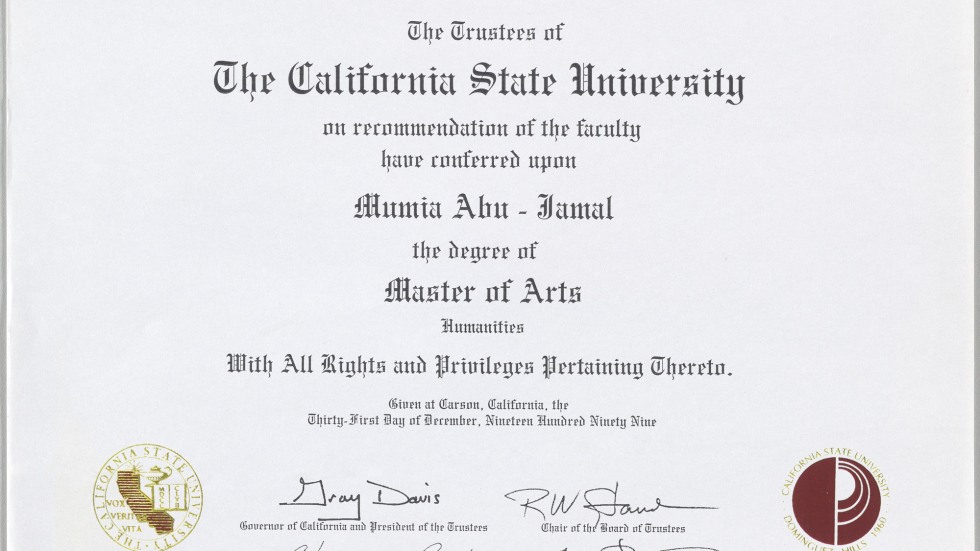PROVIDENCE, R.I. [Brown University] — An upcoming exhibition at Brown University will share valuable insights into the incarcerated life of Mumia Abu-Jamal, a political activist the New York Times once described as “the most visible of the 3,000 people awaiting execution on America’s death rows.” The exhibit of a rare special collection of written papers and other materials will give scholars and members of the public a sense of the sweeping impact the American carceral system has had on millions of lives, including the family and friends of those who have spent time in prisons and jails.
Opening on Thursday, Sept. 28, and extending across multiple sites on Brown’s campus, “Mumia Abu-Jamal: A Portrait of Mass Incarceration” offers an inside view into the life of a man who has been imprisoned in Pennsylvania for 41 years. A journalist who was convicted of murder and is now serving a life sentence (his death sentence was overturned in 2011), Abu-Jamal’s incarceration has stirred fierce national debates about racial injustice and the ethics of the death penalty.
Accompanying the exhibition’s opening is “Voices of Mass Incarceration: A Symposium,” a Sept. 27-29 event with performances and conversations focused on law enforcement, medical care in prisons, public art, the impact of incarceration on women and girls, and the history of incarceration. The symposium will bring together artists, scholars from Brown and special guests including feminist activist and scholar Angela Y. Davis, political activist Pam Africa and Pulitzer Prize-winning author and historian Heather Ann Thompson. And it will mark the world premiere of “Vampire Nation,” one of four original pieces of music Abu-Jamal composed in solitary confinement.
Amanda E. Strauss, director of the John Hay Library at Brown, said that beyond an examination into one incarcerated person’s life, the exhibition and symposium offer a broader view into mass incarceration in the U.S.
“The exhibition and symposium both shed light on the daily realities of incarceration, foregrounding many of the persistent issues that millions of prisoners encounter with their health, their psychological well-being and their ability to advocate for themselves while incarcerated,” Strauss said. “By offering a glimpse into Mumia Abu-Jamal’s papers, and by engaging scholars across the country in conversation, we hope to catalyze more scholarship and conversation about a topic that affects so many lives.”







